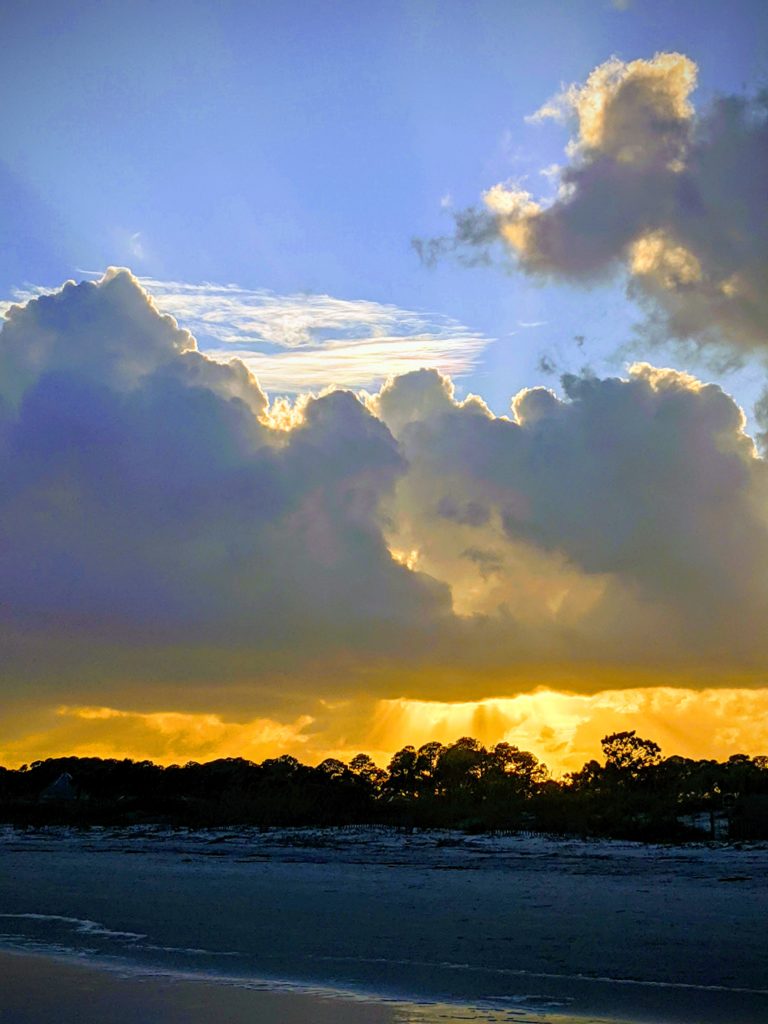
Bradley Beach has a rich history and cultural legacy. Visitors & locals enjoying the island together in-peace.
When I moved to Bradley Beach Road in 1997, it was still a dirt road, as was Bradley Circle. These two roads were historically connected where Driessen Park exists today (native island land that was purchased by the Town of Hilton Head in 1992 using Federal park funds). This incredible ocean-oriented ‘beach park’ was always accessible from both neighborhoods, and so an access-gate was installed when a fence was built by the Town in 1993. For thirty+ years, these two historic (originally native islander) neighborhoods, continued to be linked to one another – and residents/visitors continued to enjoy the park as it was intended.
These two ‘Bradley’ neighborhoods have a long history as being a ‘safe place’ for vacationing African American families. Since the 1950s and earlier, these native islander lands (from Christopher Drive all the way to Singleton Drive on the other side of Chaplin Park) enjoyed a freedom of movement for residents and visitors moving between the north and south of Driessen Park (which before it was a park, was a famous holiday destination – with a hotel and and a social club which included performances from the Chitlin’ Circuit).
Another local social club was on Second Street (when it was a dirt road – now renamed Sandy Beach Trail); on the location where the Marriott Surfwatch main swimming pool is today. It was called the ‘HideAway’, and was run by the Burke family. At the time, they had one of the standard, HHI two-story beachhouses and the one-story, white-block club – all surrounded by the tidal inlet and 25 acres of woods. There was a third local Gullah club further down at the end of Singleton Drive which disappeared around the same time.
Folks had been able to visit back and forth between the three clubs, and all of these local black families lands (including the beaches from Bradley Beach, past Burkes Beach all the way to Singleton Beach). I arrived here just as this era was ending (the HideAway was still there, but it was past it’s heyday); and was able to witness the laid-back, natural and friendly spirit – much of which lives on to this day. It is said that this area was known to have been free from much of the dangerous racism that existed elsewhere at the time. That is part of the legacy of this area; families getting past the worst of times (Chaplin was in-fact originally a slave plantation), and creating happy vacation destinations for extended families and friends.